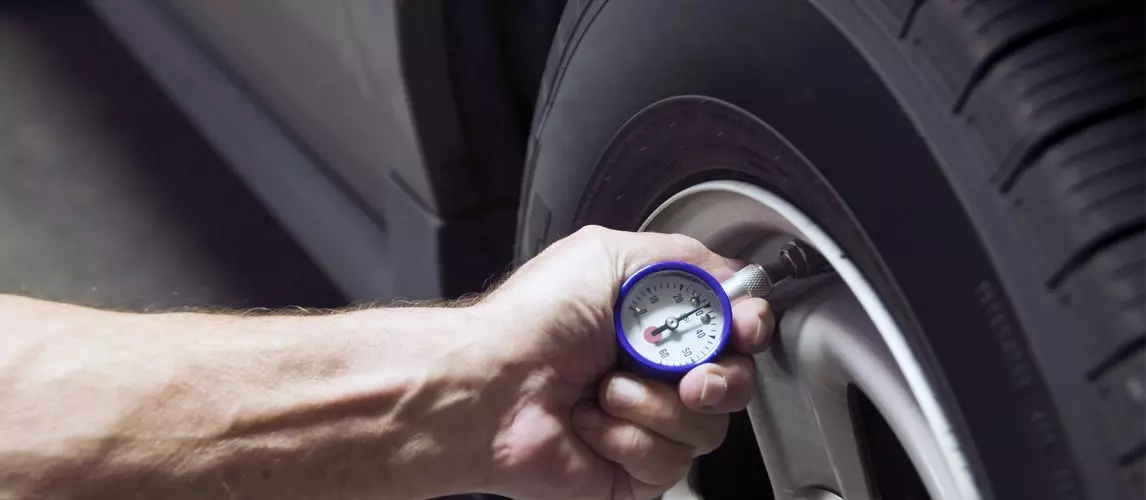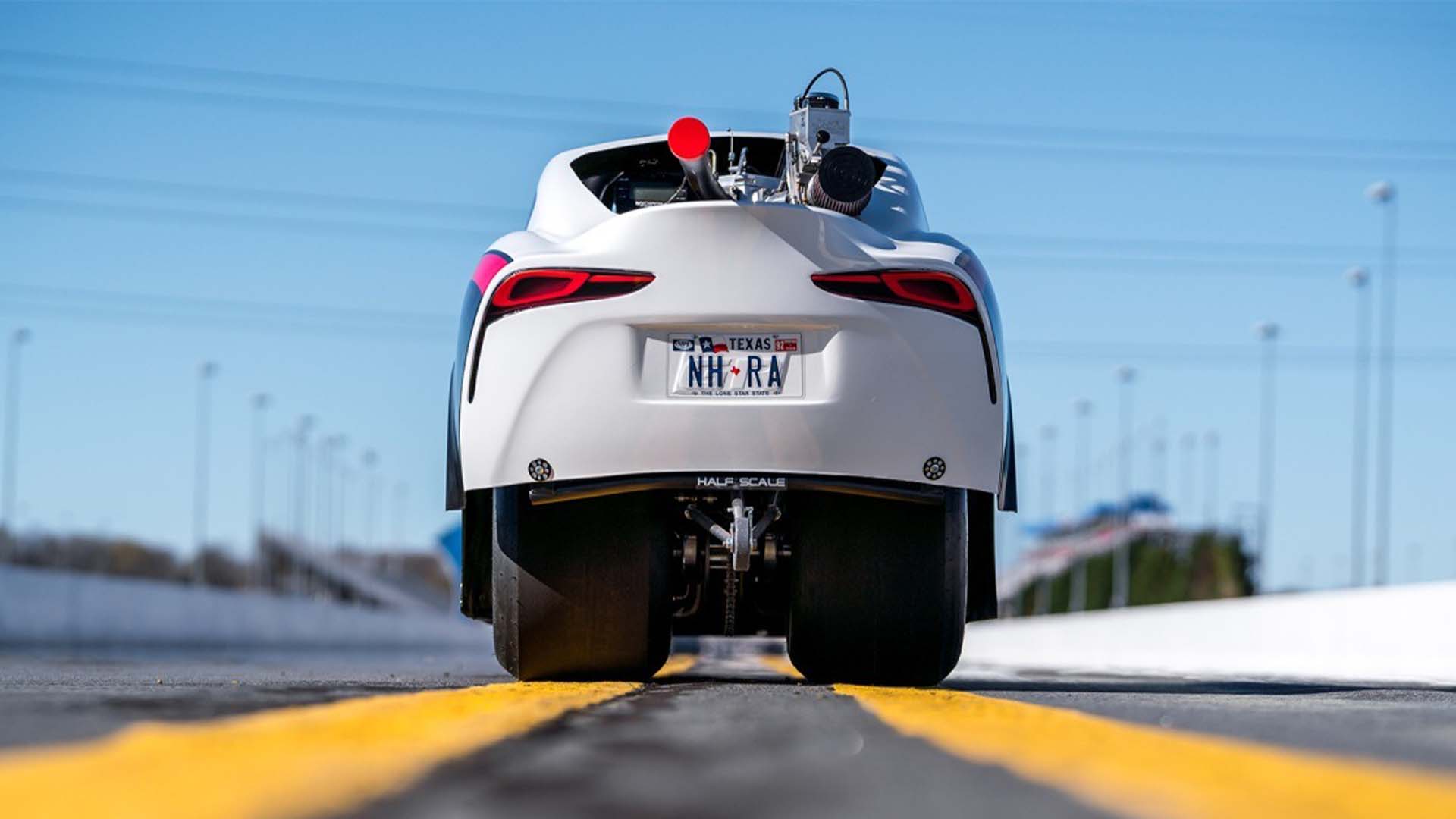Adjusting your tire pressure is one of the more frustrating parts of every car owner’s life. This is simply because, very often, inflating tires is just something that slips our mind. In fact, some of us rely on others to fix our tire pressure for us and- while there’s nothing wrong with asking for help- you never know when you might find yourself stuck for company on the road. Meaning that you might be desperately Googling how to inflate your tires in the middle of nowhere. So do yourself a big favour and have a read of this quick-and-easy guide, before it gets to that point!
What Happens When Your Car Tire Pressure Gets Low
Your tires are the cornerstones of your car, as well as your driving ability. The correct tire pressure is responsible for ensuring your braking distance is reasonable, corners are safe and easy to turn, that your car is equally balanced and that your fuel consumption stays economical. Having low pressure in your tires means that, not only are you in danger of having your tire blow out on you but the long-terms effects make you drive more dangerously, too.
Since low pressure means that more of your tire is touching the ground, your wheels will wear out prematurely and you’ll burn through fuel at a faster rate, since your car will be working harder to keep moving. While both of these things may not affect your safety, they are both bad for the environment and for your wallet! On top of this, your car is likely to struggle with corners and the sides of your tires will bend more. This leads to both overheating and, eventually, a blowout.
Some tire-pressure facts
- PSI stands for Pounds per Square Inch- meaning how much pressure is currently being created
- After your brakes, your tires are the biggest safety feature of any car
- Most new cars do not come with spare tires, so taking care of your wheels has never been so important
What is a Pressure Gauge?
A tire pressure gauge is a simple tool that allows to user to discover how much pressure is available in a gaseous or liquid area. In this case, the gauge can tell how much pressure is being produced on the inside of the tire.
Can I Fill My Tires Without a Pressure Gauge?
Yes! Most garages use a feedback system, so they can fill up your tires while also registering what your current PSI is. You can also pre-program the air pumps at your local garage to automatically signal to you when the correct PSI has been measured.
How Often Should I Be Checking My Tires?
Your car’s tires should be checked at least once a month. Do this when your car is at rest, so your tires are cold, so the PSI reading is likely to be more accurate. Of course, if you’re travelling to a local garage to check your tire pressure, they will be a little warmer but don’t worry- it shouldn’t be too far off an accurate reading!
How Do I Maintain My Tire Pressure?
Driving economically is the best way to ensure that your tire pressure remains at the right level, for longer. Going slowly over speedbumps will also help- and try to run over bumps and lumps as evenly as possible, to keep your tires at similar PSI levels. Avoid potholes where necessary and don’t park with two tires on the curb!
Other tire problems to look out for
- Regularly check the tread of your tires. Any tire tread under 1.6mm is illegal, so be sure to keep yourself safe and watch out for when your tires are coming up to this limit
- Over-inflation. You may notice your car has over-inflated tires when your driving feels a little “bouncier” and you find yourself skidding more than you’d like.
- Cracks and lumps. These show general wear and tear on your tires, and are signs that your tire is likely to need changing.
How to Fix Low Tire Pressure
Step 1
Check online for the correct tire pressure for your car or use the car manual for the specific pressure required. If you can’t find your car type, take a look at your wheels, which will have the MAXIMUM PSI for each tire written on the side.
Step 2
Drive up to your local air pump (usually found at most garages for free or for a small charge) and make sure that the hose can reach around to all four tires. Since a lot of air pumps work on a per-minute basis, this can avoid some messing around later and having to find your change, again.
Step 3
Find the valve stem for each tire and remove them. This is the little bit that sticks out, facing the inside of the tire, toward the rim. Make sure to put them somewhere safe, so you can find them easily once your tires are inflated.
Don’t worry about your air escaping. Because it’s a valve, the stem automatically closes when the centre isn’t pushed in.
Step 4
Pop the air hose over the stem and gently push the hose into the valve- you should hear short bursts of air. The general rule of thumb given on My Synchrony is: for every second and a half, your tire should inflate by one PSI. Most air pumps will allow you to pre-program this into their system and will sound a short alarm when completed. Otherwise, be sure to keep checking the screen of the pump.
It is likely that your front and rear tires will require different pressures. Programme the pump as required and be sure not to over-inflate.
Step 5
If you find yourself accidently over-inflating the tire, don’t panic. It’s easy to let out a little air with the back of the hose. Simply press into the middle of the valve stem to allow some air out.
As an average, expect to lose roughly one psi for every three seconds the pin is being pushed down.
Step 6
Remove the hose when the correct PSI has been reached and pop your valve stem back. Then begin the same process on the next tire.
Don’t worry about going back-and-forth a little, especially on your first few times. It’s more important to keep your tire pressure just right, than suffering a touch of embarrassment if someone is waiting. For a few minutes of faffing around, you can make a huge difference to your driving ability, your money and, of course, your safety. We hope that this has been helpful and do feel free to connect with us, if you’d like to add any other points!
Sources:
- Top 3 Causes of Low Tire Pressure – NearSay
- Low Tire Pressure Light But Tires Are Fine Issue: How To Fix – Car from Japan










Car TPMS Sensor
at Car Autance as a freelancer. Supreme Priestess of the Church of Slam It On Wats and Collectrix of Vintage Hondas <a href="https://tpmssensortool.com/product-category/tpms-sensors/car-tpms/">Car TPMS Sensor</a>